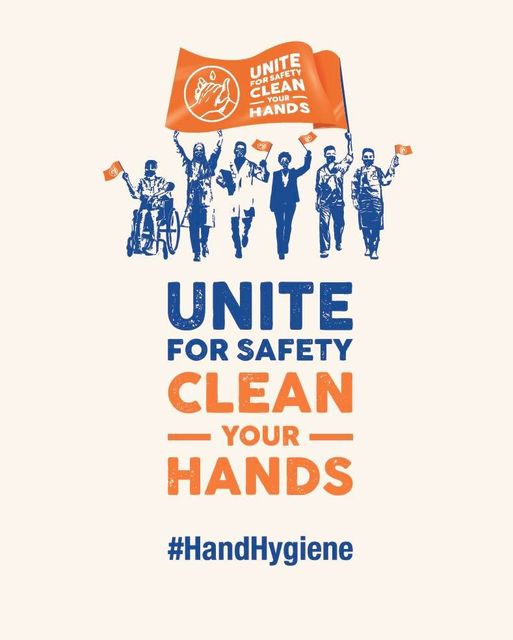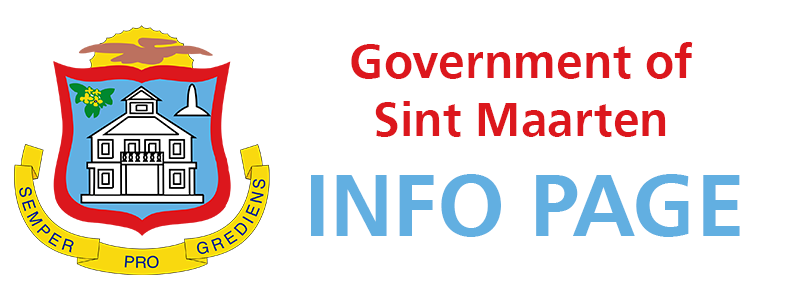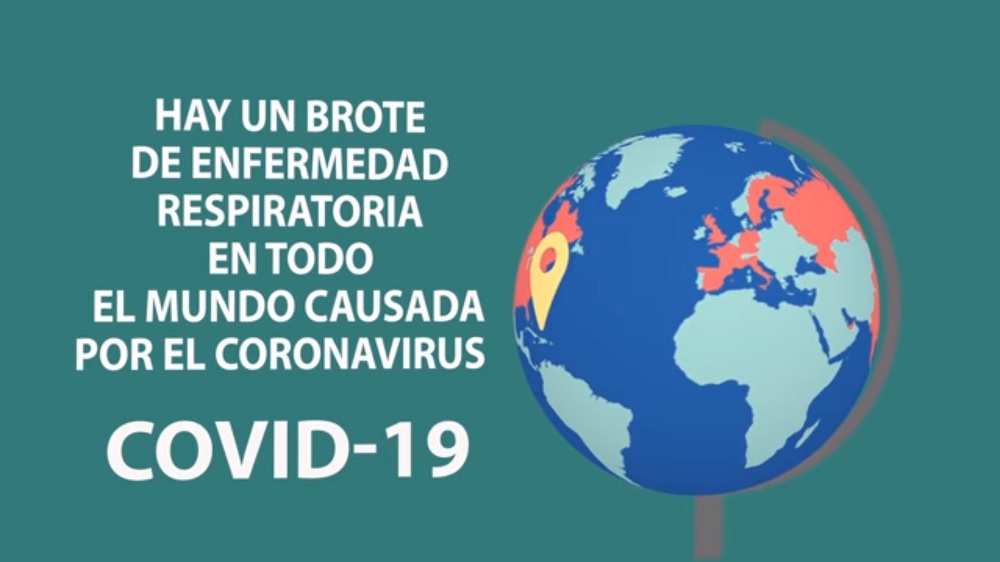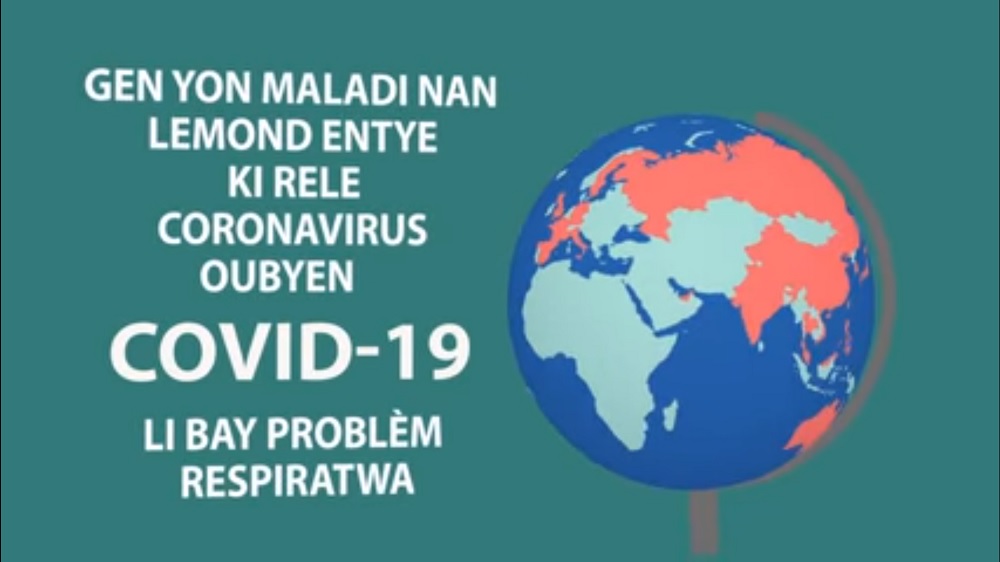Unite for Safety. Clean your hands
The slogan for World Hand Hygiene Day (WHHD) 2022 observed annually on May 5 was ?Unite for Safety. Clean your Hands.?
The campaign theme is a health care system where ?quality and safety climate or culture? values hand hygiene and infection prevention and control.
The campaign objectives are to recognize that people of all levels should work together to influence the culture/climate through clean hands and knowledge and behavior, to meet the common goal of safety and quality in the health care organization.
According to the World Health Organization (WHO), everyone has the right to expect clean care, whether that care is administered in a field hospital, a care home, or a state-of-the art operating theatre.
The Collective Prevention Services (CPS), a department of the Ministry of Public Health, Social Development and Labor, says clean care is safer care; protects the most vulnerable, saves lives and helps combat bacteria resistance, and it all starts with clean hands for infection prevention and control.
CPS calls on all health and care related institutions to review and reflect on their protocols currently in place for infection prevention and control, and to make adjustments where necessary if need be to be in line with WHO standards and requirements.
The public is reminded to wash your hands with soap on a daily basis, as it is an effective and affordable way to prevent diseases and save lives.
Many infections start when hands are contaminated with disease-causing bacteria and viruses. This can happen after using the toilet, changing a child?s diaper, coughing, sneezing, touching other people?s hands, and touching other contaminated surfaces.
Handwashing with soap works by removing bacteria and viruses from hands before they get a chance to cause infections or spread to other people.
The WHO says that the: ?The simple act of cleaning hands is part of a bigger picture that includes emergency preparedness, outbreak control and the fight against antimicrobial resistance.
The five moments to ensure clean hands in health care are: before touching a patient; before clean/aseptic procedures; after body fluid exposure/risk; after touching a patient; and after touching patient surroundings.
The WHO published in 2009 the ?WHO guidelines on hand hygiene in health care,? which provides health-care workers (HCWs), hospital administrators and health authorities with a thorough review of evidence on hand hygiene in health care and specific recommendations to improve practices and reduce transmission of pathogenic micro-organisms to patients and HCWs.
WHO says the present guidelines are intended to be implemented in any situation in which health care is delivered either to a patient or to a specific group in a population. Therefore, this concept applies to all settings where health care is permanently or occasionally performed, such as home care by birth attendants.










